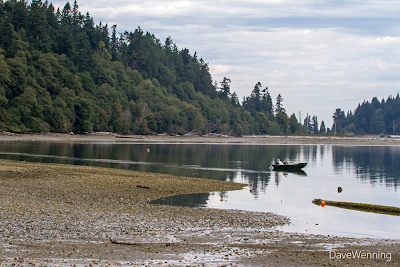New Book: Two Hands and a Shovel

"Their work made Deception Pass the iconic gem that hosts two million visitors a year -- two million individuals appreciating the opportunity created and developed by the men of the CCC, one stone, one log, and one shovel full at a time." -Jack Hartt Of the things I enjoy, three of them are history, vintage photos and Deception Pass State Park. How fortunate to find a newly published book that satisfies all three delights. And satisfy it does. At over 300 pages, with more than 400 illustrations, this is a major accomplishment by the authors Jack Hartt and Sam Wotipka. This is more than a picture book. It presents a brief history of the Washington State Park system and the establishment of the Civilian Conservation Corps . Most importantly, the photos introduce us to the men of the CCC's as they were building Deception Pass State Park in the 1930's. I have had the privilege of meeting the authors Jack Hartt, Park Manager and Sam Woti...



